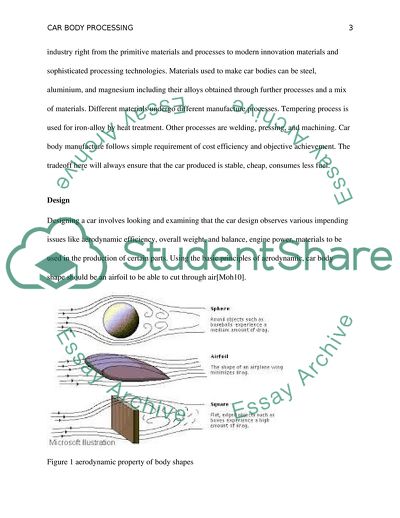Cite this document
(Materials&Manufacturing Report Car Body Pressing Term Paper Example | Topics and Well Written Essays - 2000 words, n.d.)
Materials&Manufacturing Report Car Body Pressing Term Paper Example | Topics and Well Written Essays - 2000 words. https://studentshare.org/engineering-and-construction/1818124-materialsmanufacturing-report-car-body-pressing
Materials&Manufacturing Report Car Body Pressing Term Paper Example | Topics and Well Written Essays - 2000 words. https://studentshare.org/engineering-and-construction/1818124-materialsmanufacturing-report-car-body-pressing
(Materials&Manufacturing Report Car Body Pressing Term Paper Example | Topics and Well Written Essays - 2000 Words)
Materials&Manufacturing Report Car Body Pressing Term Paper Example | Topics and Well Written Essays - 2000 Words. https://studentshare.org/engineering-and-construction/1818124-materialsmanufacturing-report-car-body-pressing.
Materials&Manufacturing Report Car Body Pressing Term Paper Example | Topics and Well Written Essays - 2000 Words. https://studentshare.org/engineering-and-construction/1818124-materialsmanufacturing-report-car-body-pressing.
“Materials&Manufacturing Report Car Body Pressing Term Paper Example | Topics and Well Written Essays - 2000 Words”. https://studentshare.org/engineering-and-construction/1818124-materialsmanufacturing-report-car-body-pressing.


